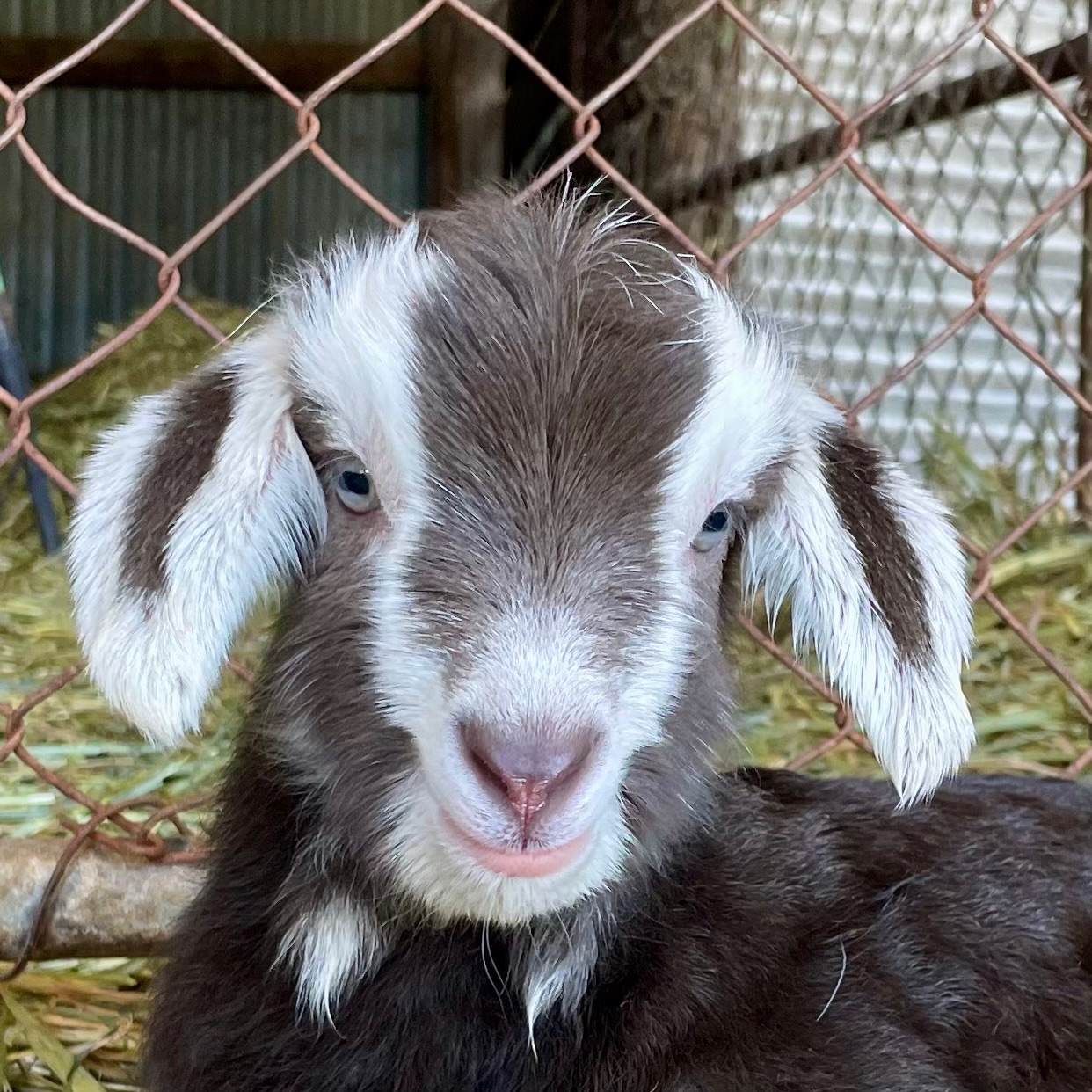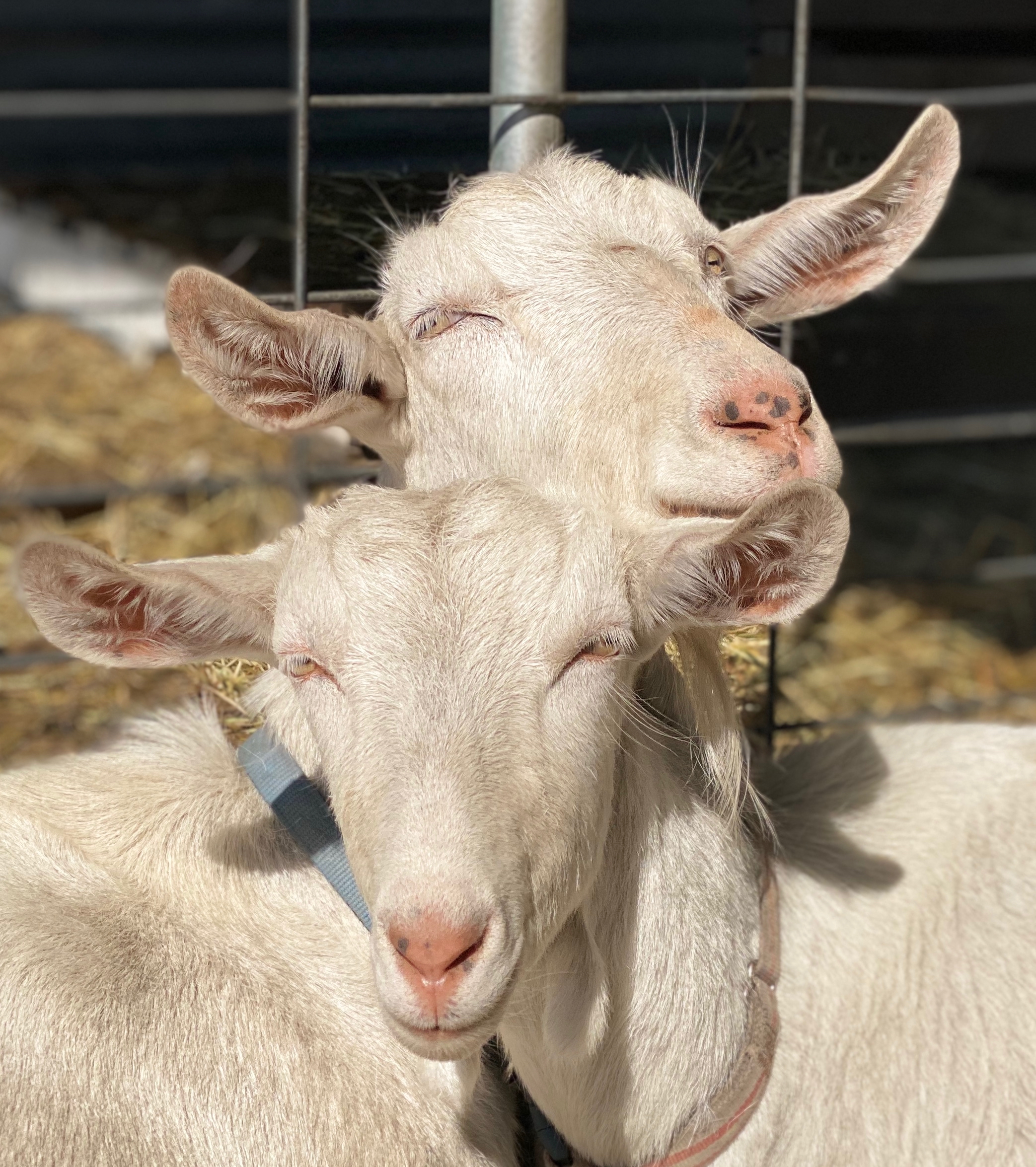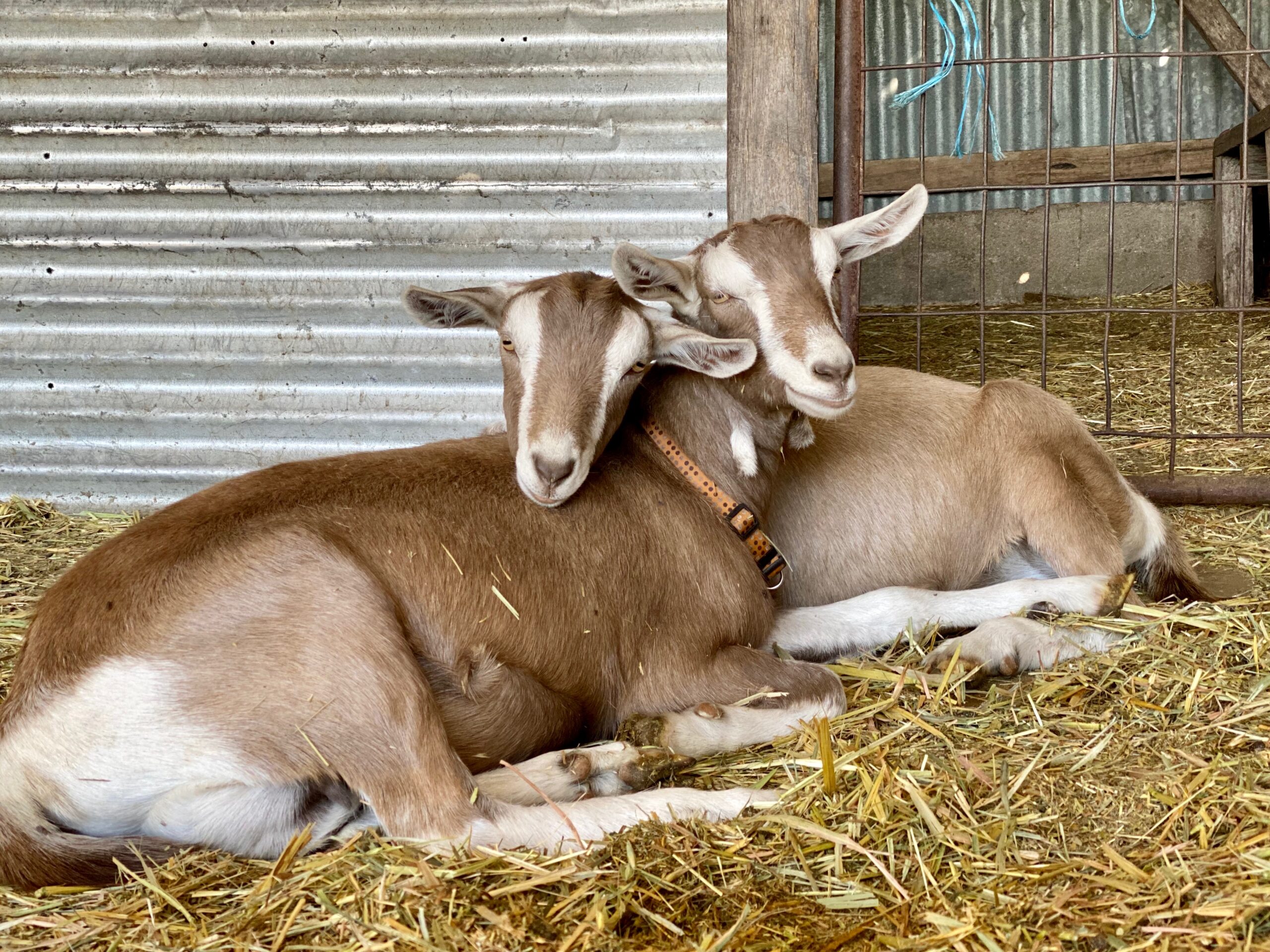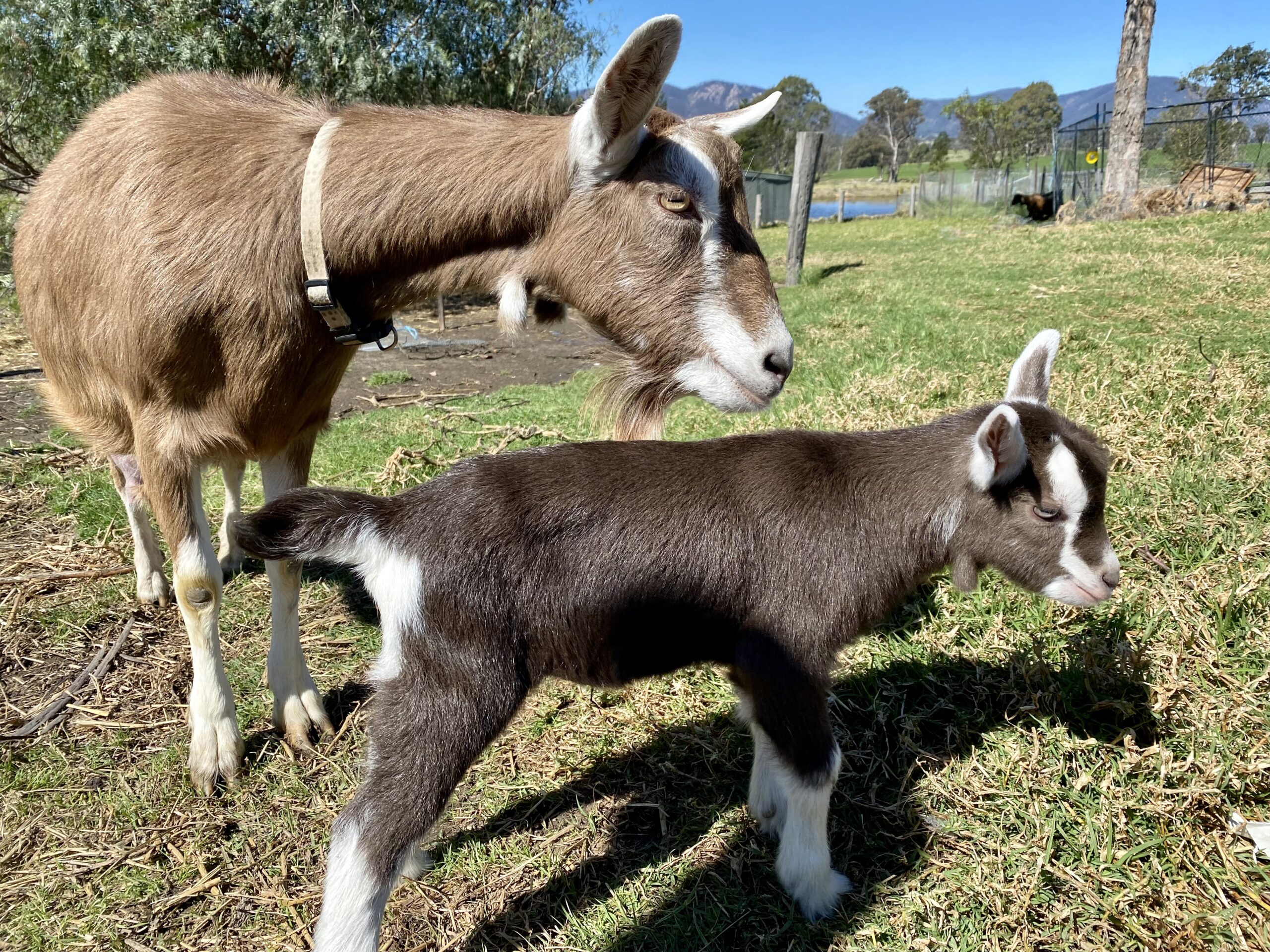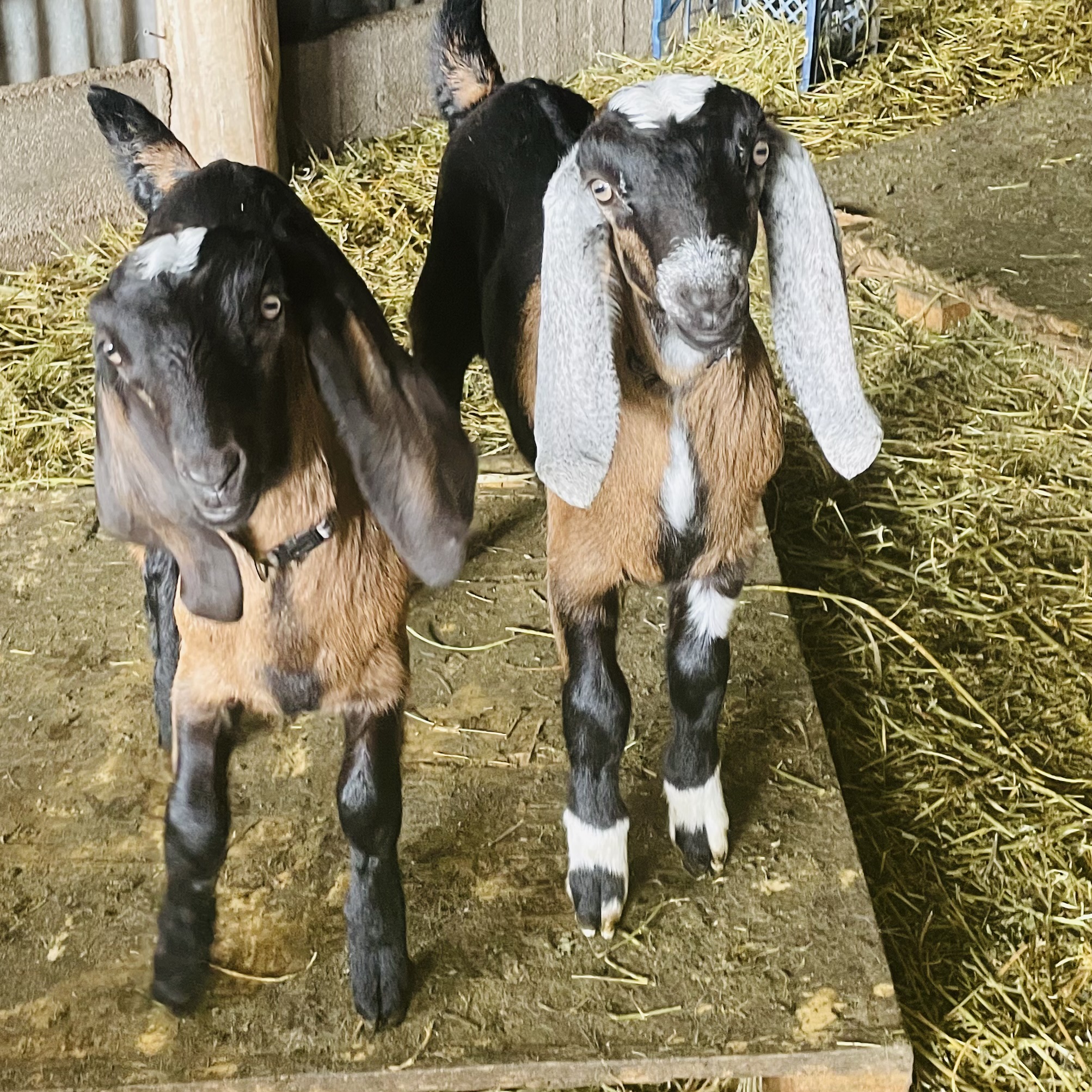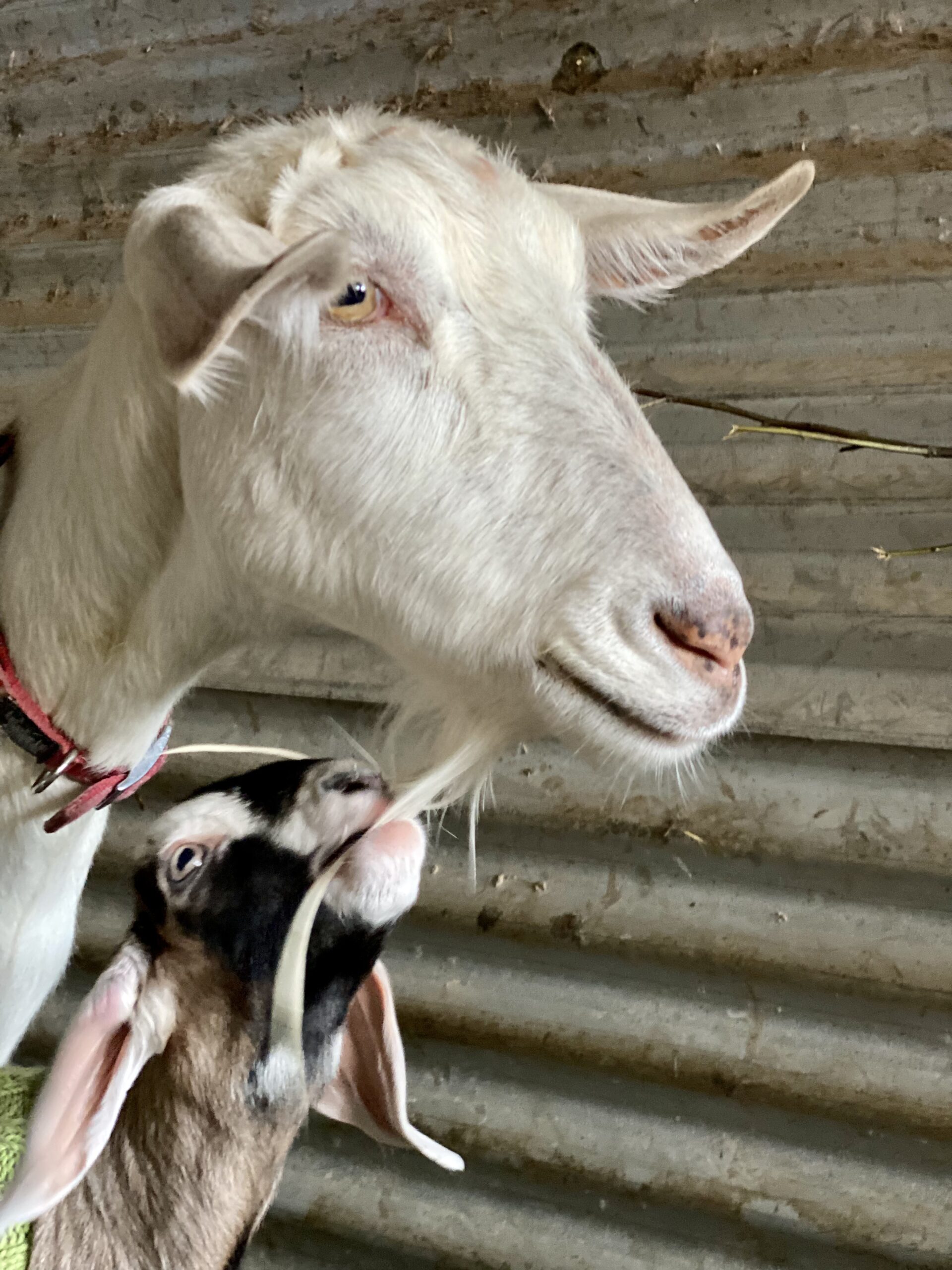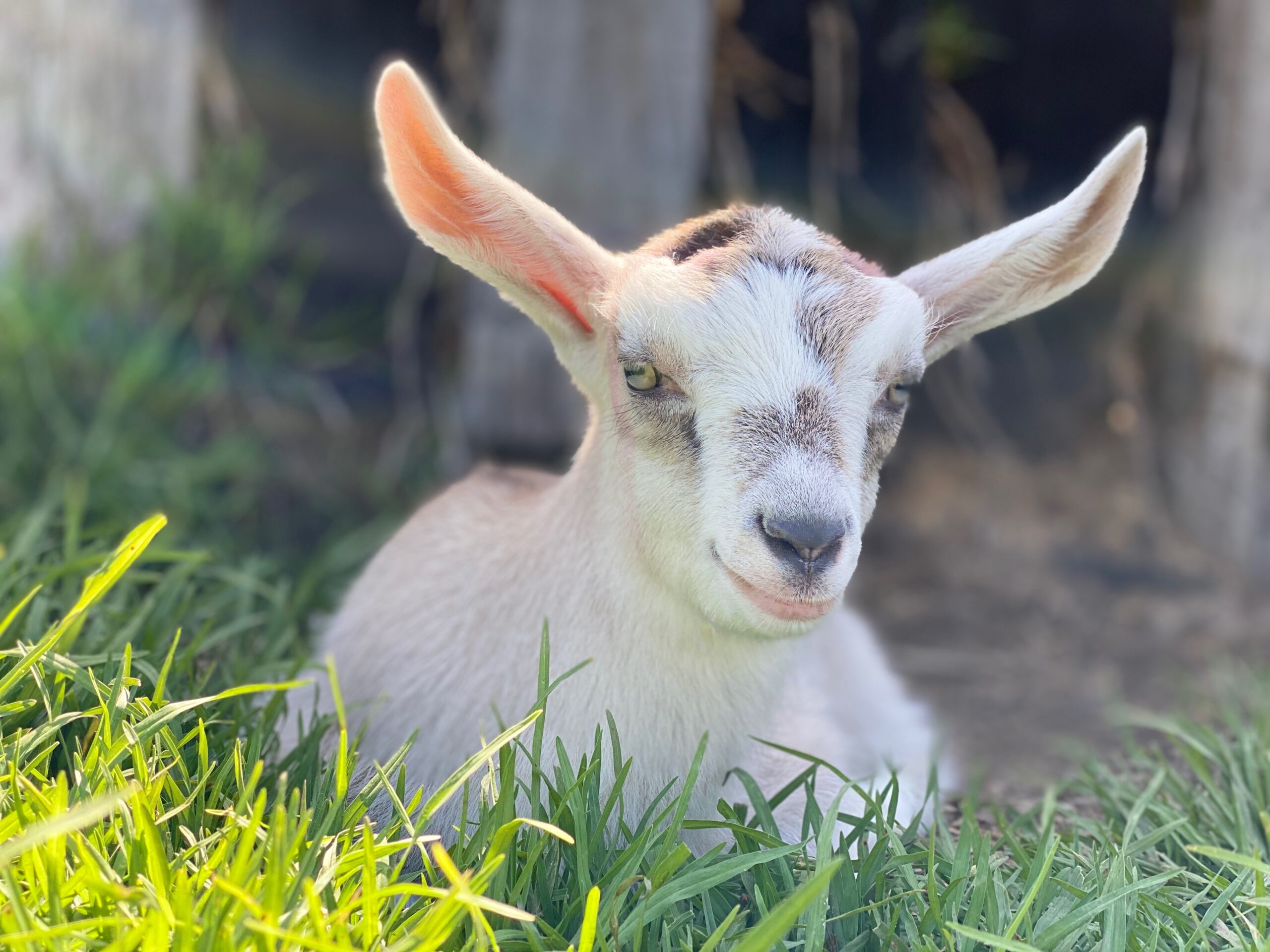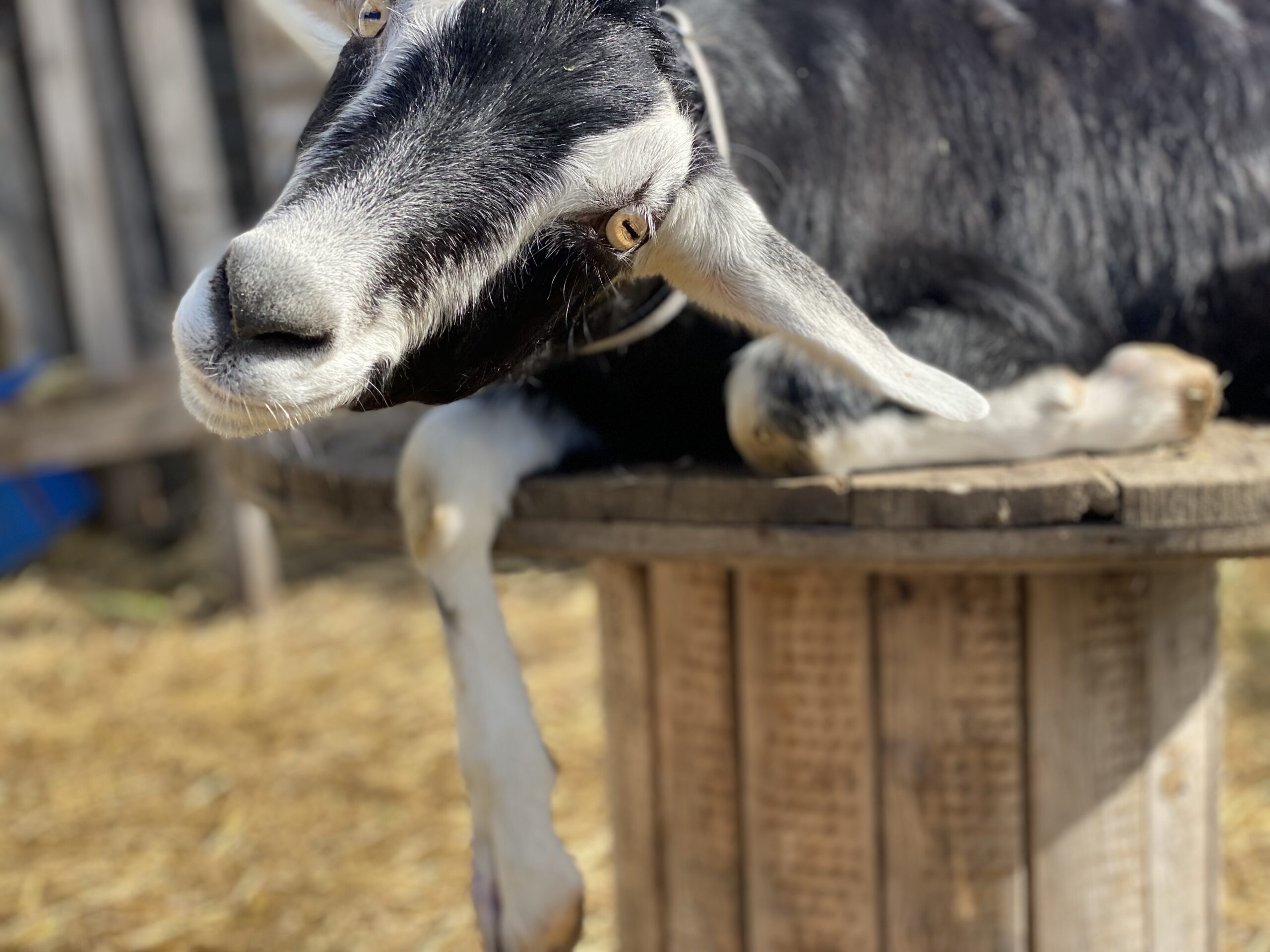Thinking about starting a dairy goat herd?
Whether you're aiming to supply your household with fresh milk or simply bring a bit more personality to your paddock, starting a dairy goat herd takes planning. Goats are productive animals, but they're also curious, clever, and full of character—often becoming the unexpected stars of the backyard. This introductory guide covers some key fundamentals: choosing a breed that suits your goals and region, setting up housing and fencing, feeding for health and production, and staying on top of common health issues. It's a solid starting point for anyone ready to take the leap into goatkeeping.
First Things First…
Goats are not easy. They are complex beings with complex needs—but if you meet those needs, they'll give back tenfold.
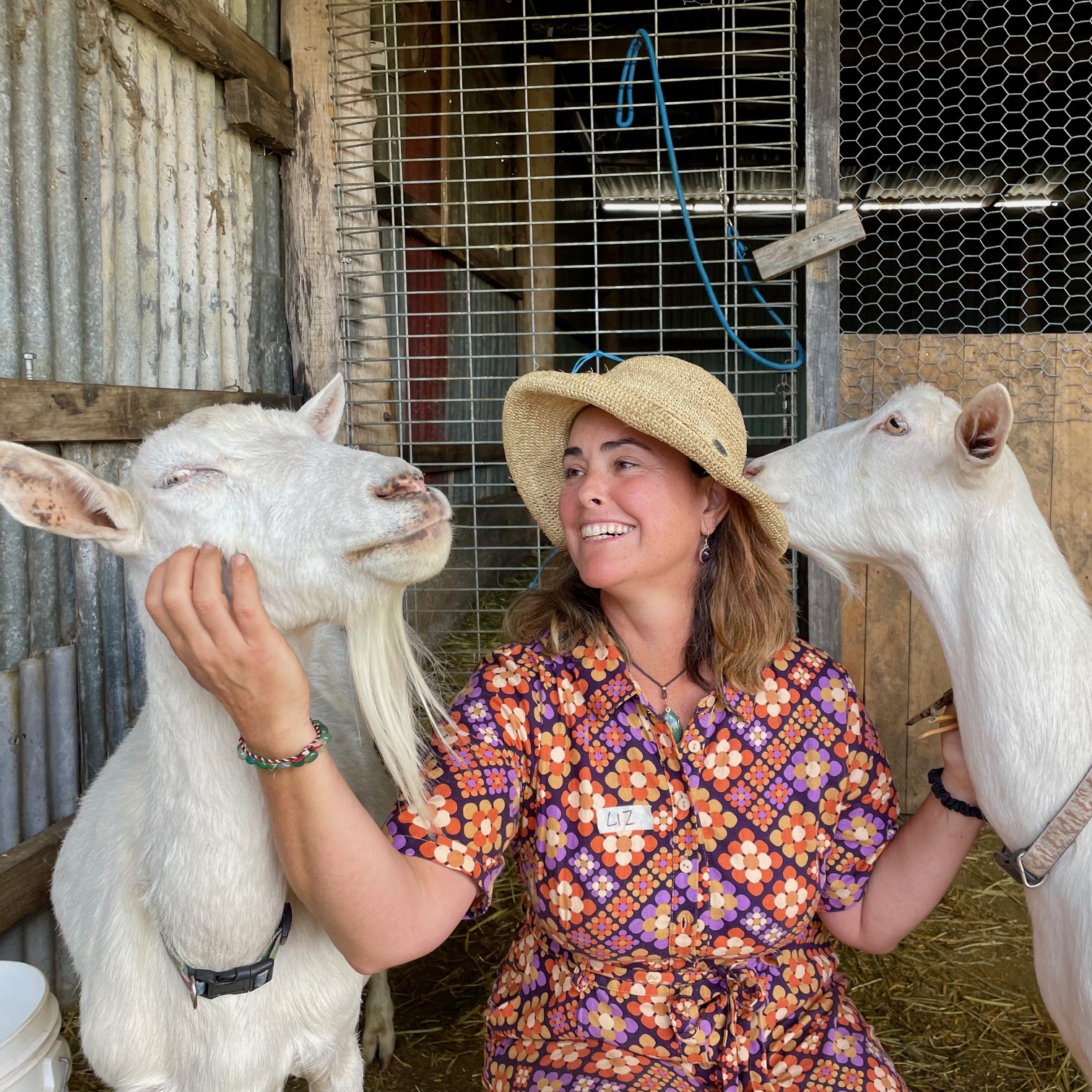
Why Dairy Goats?
Fresh, nutritious milk: Rich in flavour, easier to digest than cow's milk, and perfect for cheese, yogurt, and soap-making.
Small-scale friendly: Ideal for homesteads, even with limited space.
Lower startup costs: Compared to a house cow, goats are more affordable and easier to manage.
Big personalities: Goats are clever, curious, charming—and endlessly entertaining.
How Do You Start a Dairy Goat Herd?
To start a dairy goat herd, choose beginner-friendly breeds like Saanen or Nubian, build secure housing with proper fencing, provide a balanced diet of hay, grain, and roughage, and follow a regular health care routine including hoof trimming, vaccinations, and parasite management.
The BIG 4: Start-Up Tips for New Goatkeepers
1️. Choosing the Right Goats
Start with breeds that match your needs, production goals, and lifestyle. A few good starting breeds to consider:
Saanen: Large, gentle goats known for high milk volume and a calm temperament—ideal for cooler climates or shaded areas.
Anglo Nubian: Chatty, affectionate, and heat-tolerant. They produce rich, creamy milk perfect for yogurt and cheese.
Toggenburg: Medium-sized, curious, and beginner-friendly, with reliable milk production and good butterfat content.
2️. Housing & Fencing
Goats need secure, comfortable housing:
Shelter: An all-weather, dry, draft-free space with good ventilation. Simple three-sided sheds often work well.
Spaciousness: Goats like personal space and room to rest in family groups—essential for physical and social health.
Security: Secure housing is important during kidding or when containing bucks.
Bedding: Straw or wood shavings help keep things clean and cozy. Regular cleaning is essential.
Fencing: Goats can be escape artists. Use stock-tight wire fencing with top wires at a good height, and back-up electric fencing as needed.
3️. Feeding & Nutrition
Healthy goats = happy, productive goats. Nutritional needs vary depending on sex, pregnancy, and lactation. A basic diet should include:
Hay: Pasture, oaten, or lucerne hay are all good options.
Grain: Milking goats benefit from a combination of grain mix, 'goat muesli', and pellets for energy and milk production.
Water: Fresh, clean water at all times is non-negotiable.
Roughage: Goats are browsers, not grazers. If bushland isn't available, regularly provide cut branches from fodder trees.
4️. Health & Wellness
Preventative care is key:
Hoof trimming: Every 6–8 weeks to prevent lameness.
Vaccinations: CD&T (Clostridium perfringens types C and D, and Tetanus) is standard—consult your vet for local needs and timing.
Worm management: Internal parasites can significantly affect the health and survival of your flock.
Observation & quick action: Watch for lethargy, poor appetite, behavioural changes, or abnormal droppings—and act quickly.
Final Thoughts & Invitation
Goats are intelligent, curious, and social creatures that thrive in herds and respond to routine and interaction. They'll surprise you with their personalities—some openly loving, some mischievous, all endearing.
Goatkeeping isn't just about production—it's about showing up, paying attention, and learning to work with nature instead of against it. Your goats will test you, teach you, and sometimes drive you a little nuts. But they'll also remind you to slow down, stay humble, and care deeply.
In return, they'll give you more than milk—they'll offer moments of joy, connection, and a whole lot of character.
So take a breath, pull on your boots, and picture yourself walking out to the goat shed. One day, the herd will be there—doing their thing—and you'll be right there with them.
Want to know more?
Visit our website https://www.schoolhousefarm.com.au/goats/ or email info@schoolhousefarm.com.au
You can learn all about keeping dairy goats at Schoolhouse Farm's Course: Kickstart to Keeping Dairy Goats, Sept 13.
Blog written by Deborah Gough of Schoolhouse Farm


